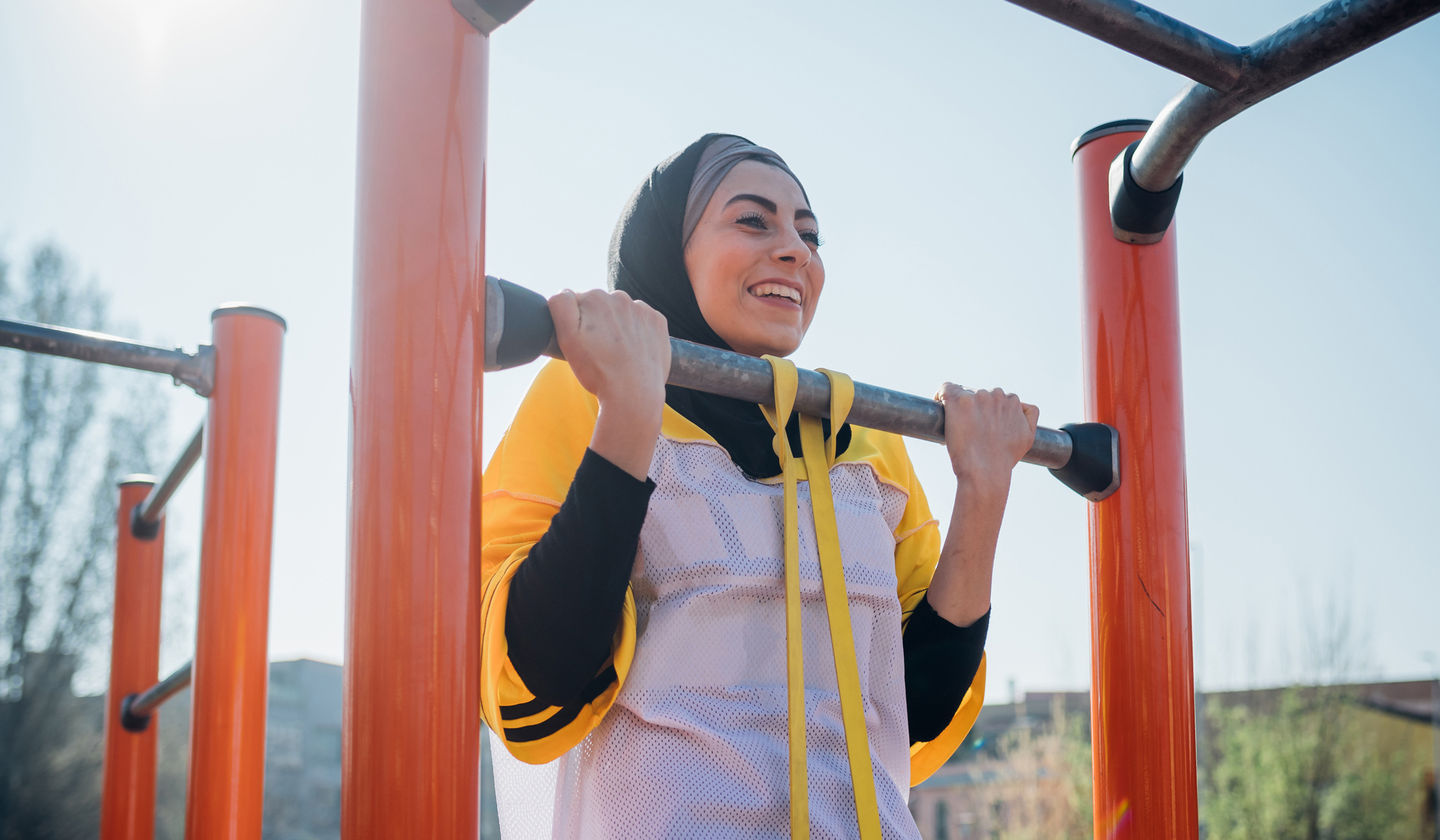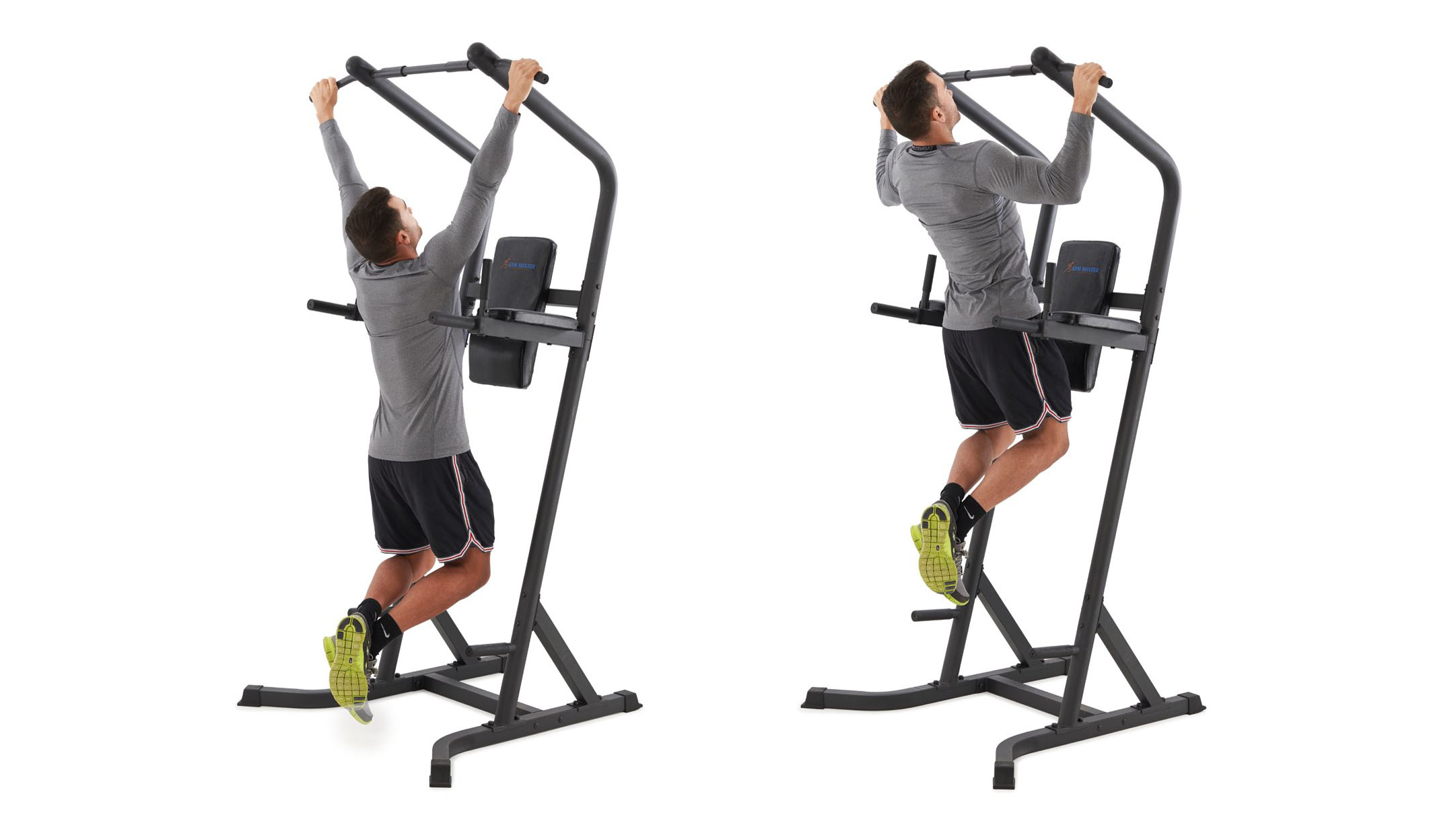Five tips to perform your first pull-up, from an expert fitness YouTuber
Pull-ups are one of the best muscle-building exercises you can do. Here's how to get started


Pull-ups might sound simple, but they're one of the hardest "basic" muscle-building calisthenics exercises, especially learning to do them properly. The overarm pull-up engages lots of different muscles you probably don't use very much in real life, such as your lats, biceps and other small muscles in your back.
Pull-ups are very useful for increasing your upper-body strength because they hit lots of different muscle groups all in one go. One study found pull-ups "increase shoulder stability, upper-body muscular pulling strength, and performance of all activities requiring high levels of relative strength." They're perfect for supplementing other home strength training with your best kettlebell or resistance bands, and all you need is a horizontal bar at the park or the gym to get started.
A proper pull-up requires a lot of training to accomplish, so don't be too hard on yourself if you can't do one quite yet. Brandon White, one-half of YouTube fitness superstar channel Buff Dudes, takes us throw five exercises to perform while training to complete a fully-fledged pull-up for the first time.
Watch the Buff Dudes video here:
These supportive exercises begin with a simple hang for 30 seconds, in order to improve grip strength in your hands and forearms. This will help you hang onto and grip the bar for an extended period of time while supporting your own body weight. They then progress with depressions, which are designed to work your latimuss dorsi (or lats) and negatives, which work the same set of muscles on the way down, instead of the way up.
All these exercises work different elements of the muscles that will be engaged when you come to do the final pull-up. You'll also benefit from being stronger in everyday life: from better grip strength, which is associated with better physical fitness and less falls in old age according to studies, to decompressing your spine as you hang from a bar.
Finally, using resistance bands to do assisted pull-ups helps take some of the weight of your body away. Lateral pull-downs can be done with machines in the gym, or you can even loop resistance bands around your pull-up bar and perform them with the elastic. Eventually, you build up to using weaker bands, finally progressing to doing your first pull-up unassisted.
How to do a pull-up

- Stand up tall and grab hold of a pull-up bar with an overhand grip. That means your palms should be facing forwards, with your fingers wrapped around the far side of the bar. Your hands should be about twice shoulder-width apart.
- Lift your feet off the ground and cross your ankles, so that your bodyweight is being supported by your arms and back.
- Pull your body up as far as you can go and pause for a couple of seconds. The top of your head should be above the bar. If possible, bring your shoulders up to the bar.
- Lower yourself down to the hanging position to complete one repetition.
Start your week with achievable workout ideas, health tips and wellbeing advice in your inbox.
Matt Evans is an experienced health and fitness journalist and is currently Fitness and Wellbeing Editor at TechRadar, covering all things exercise and nutrition on Fit&Well's tech-focused sister site. Matt originally discovered exercise through martial arts: he holds a black belt in Karate and remains a keen runner, gym-goer, and infrequent yogi. His top fitness tip? Stretch.
